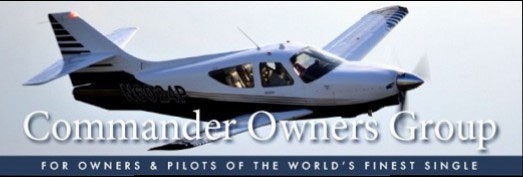N1049j
New member
Taunton
- Aircraft Year
- 1973
- Aircraft Type
- 112/A
- Reg Number
- N1049J
- Serial Number
- 49
Nice videos! I was up flying today and thought I would post a picture hoping to get some feedback on settings. I have been running lean of peak and maybe you guys can zoom in on settings and comment!
Jamie, interesting my number 3 cylinder seems to run the hottest! And nice I see you have oil pressure. I just ordered that from them and will install this month during annual! would love to see speed and altitude on that same flight.
Tell me more! What should the HP show? Still not sure how to do the lean process! I hear so many different versions! I have been doing when in cruise I do a big pull till engine stumbles and the enrich till it sounds ok. Any sugesstions? What about this pic on my way home at 24/24
And for the return picture at 2380/23.5, again assuming std temps, I'd say you're at least at 75% power and you're close to exceeding the maximum recommended MP. Every power chart references "Do not exceed 24 In. Manifold Pressure below 2400 RPM".
Thanks for that info Glenn!! What about this big pull method and not looking for Peak?
What about this big pull method and not looking for Peak?
Hi Chuck,
I fly a normally aspirated 114, so a little different, but the technique should be identical. I also do a big pull, with a little guidance from the fuel flow computer to the expected rate. I have not used the JPI lean find method for some time now. I pull fast enough that I can feel the airplane slow down, and I definitely know I'm on the lean side of peak. I notice that I have to be careful when enrichening the mixture if I pulled too much. It is very sensitive, and a very very small mixture control movement will make a significant jump towards peak, with the resulting warming of CHTs. I find that I generally base my LOP operation on CHT since that is what is most important to me.
